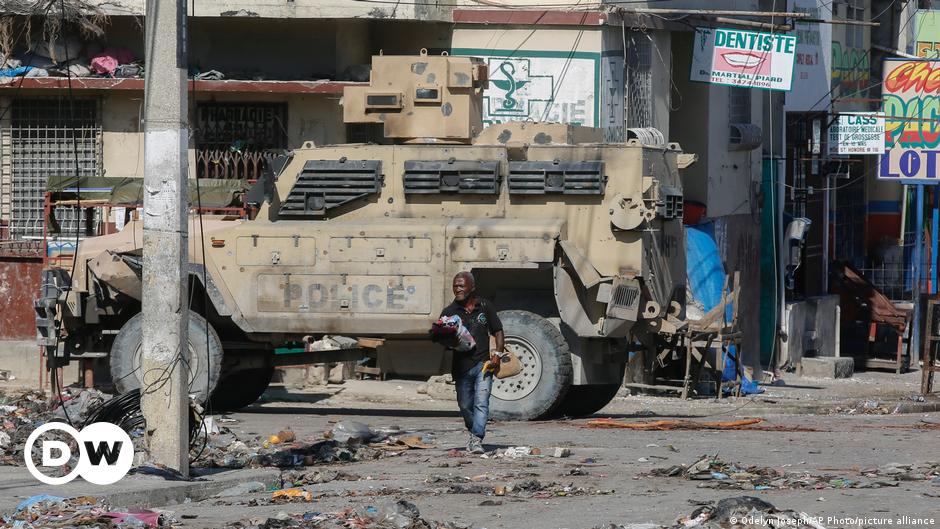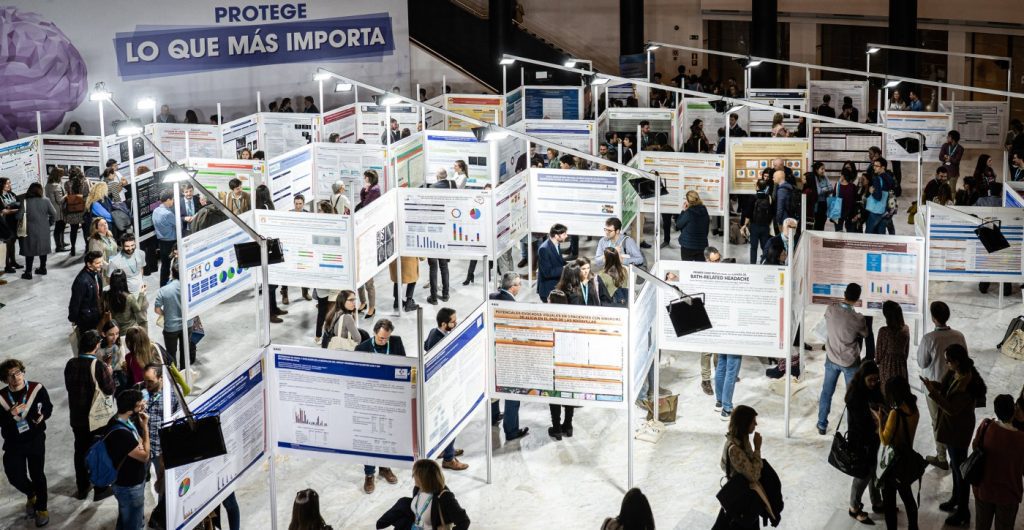In this other article, I have formulated some scenarios for disrupting continuous training in the world of health, scenarios that are not necessarily probable, but possible and in the face of this it seems to me that we need a cross-sectional view of the health sector. Actors, very clearly. Convincingly defining this collective vision is absolutely necessary and doable. It has been proven that the health sector has been able to evolve and put safeguards in the way it manages industry participation; It is clear that cooperation between different types of actors is necessary to improve the quality and quantity of new knowledge being made available to physicians, and improving training (forms, techniques, sciences…) will be easier by engaging different talents, knowledge and funding capacity from different sectors. We give you some Reflections behind the organization’s project for the week of December 12 in Madrid, for the Healthcare Education Forum, a one-day event on the future of conferences and health education.
The (somewhat chaotic) history of recent measures taken by the administration has shown that actions that greatly affect the world of health can be done without Consultation is necessary For the actors who make this continuous training possible today and without giving a full thought Effect of these measures. For this reason, the healthy ecosystem will have to move forward and build a clear explanation of how continuous training is evolving.
Continuing education in health today is managed through a central role for communities and with industry participation, both financially and in terms of knowledge contribution. Today, this training is carried out through:
- Quality This is evident from the level of our national health system. It is an issue that needs improvement without a doubt, but medical training in our country today is at a high level, thanks to an organization that includes communities and industry. This quality must be improved, more innovation must be included as we have seen; CPD must be achieved through personalized training pathways, and formats must ensure an increased quality of knowledge transfer, but quality is here.
- Undeniable moral rigor, the past two decades have been an exercise in defining and enforcing codes of conduct which means that cases of undue influence today are very few, and they are firmly prosecuted. It is an attempt to preserve it without a doubt, but it demonstrates the capacity of self-regulation of this sector, which is necessary for the various actors (especially industry) to self-regulate.
So… “If it ain’t broken, don’t fix it”, right? It is important to always be restless and think about how to innovate and improve, but this system where companies play a major role and engage the industry (with controls) has demonstrated its quality and accuracy. Unfortunately, the state has not always demonstrated the necessary capacity to innovate or the ability to manage effective decision-making processes and allocate funds without influence.
But be careful: despite the self-regulatory capacity of the past two decades has been demonstrated, for public opinion or actors in the political world, arguing “that industry should leave training to be pure, and the state should take lead”, is easy. Faced with this potential simplification, there must be a clear vision of the continuous training organization as an ecosystem that puts in place the necessary checks and limits to avoid undue influence…but makes use of industry knowledge and ensures the necessary connection between these chain actors. It’s not about waiting for the next action and protesting when it arrives, it’s about anticipating it.
Indeed, it is surprising that in the system of necessary cooperation between society/industry, there is no common vision expressed, only separate communications. It is undeniable that there is a healthy ecosystem that includes communities, industry, management and some other actors; It is undeniable that an essential part of the research comes from the industry, and therefore, the industry has a force of knowledge and training that it would be absurd to waste; It is undeniable that the brakes and controls put in place should always be monitored but they work; It is undeniable that communication between industry (which does research, provides many solutions to diseases, and funds today’s ongoing training system) and communities is essential.
But… Where is our shared vision for the future of continuing education?
- We have to explain the rigor of moral censorship (and how it should evolve).
- We explain the contribution to industry knowledge and how it is incorporated into training.
- We have to explain how the challenges of continuous training, rehabilitation and CPD can be managed in a more flexible, innovative, “technological” and qualitative way with the participation of this ecosystem from “from above”.
- We have to explain why the interaction between industry and clinicians is natural and necessary to ensure that physicians’ problems are understood and the way the industry operates.
Our argument will not be difficult, but we have to build it.
These reflections are behind the organizational project for the week of December 12, Healthcare Education Forum, an exciting one-day event on the future of conferences and health education. Do you want us to keep you informed? Contact Mar at [email protected].

“Beeraholic. Friend of animals everywhere. Evil web scholar. Zombie maven.”

:quality(85)/cloudfront-us-east-1.images.arcpublishing.com/infobae/IQJTX3VFRZBBJFIHZMSS4QXC3I.jpg)
:quality(85)/cloudfront-us-east-1.images.arcpublishing.com/infobae/WTJG42OCBZFEPP5ONVBMDBFGYA.jpg)
:quality(85)/cloudfront-us-east-1.images.arcpublishing.com/infobae/MGVXUXSCMRF7TP72STERNTQCLI.jpg)

:quality(85)/cloudfront-us-east-1.images.arcpublishing.com/infobae/T5A6IXIZK5HELCWKVYZWHOEQEU.jpg)

More Stories
What are the first jobs that artificial intelligence will replace?
NASA MSR Program: Bringing samples from Mars in 2040 is not an option
They are creating a miracle material that could replace graphene. It is a thin two-dimensional layer of gold.